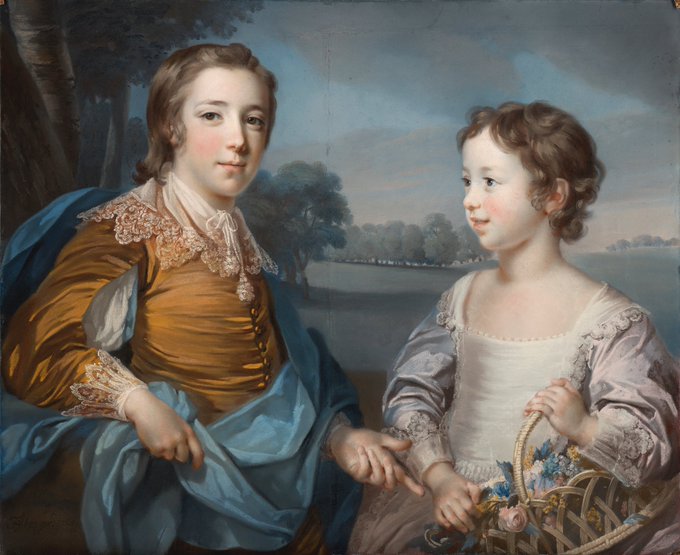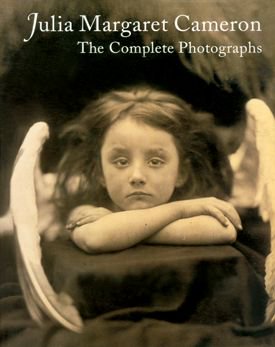Did you know that 18th-century pastel artists had to weave together multiple pieces of paper to create portraits as large as oil paintings on canvas?
Learn about the process in our online exhibition “Pastel in Pieces”: https://t.co/iGcVPFsfk0
Paper and ink can also discolor with time, revealing changes made by the artist.
Unable to erase some figures in this image, the artist made two smaller drawings and glued them over the original. Today they stand out, as they’ve aged differently from the rest.
This is an Etruscan terracotta panel made between 520 and 510 B.C. The figure on it is an athletic trainer, or "agonothetes."
Painted terracotta panels used to line the inside walls of public and private buildings to form monumental painted friezes in some Etruscan towns.
Explore medieval art of illumination in sacred texts of the three Abrahamic religions—Judaism, Christianity, and Islam in our “Art of Three Faiths” online exhibit. https://t.co/mTARWripmA
Rediscover the medium of pastel in our online exhibition "Eighteenth-Century Pastel Portraits," and learn why pastel became the medium of choice for European portraiture and wig powder. https://t.co/rwi3Nl2CCE #worldartday
It’s Sagittarius season! Those born in the archer’s season are described as enthusiastic, generous, and adventurous… but also argumentative and careless. Do you agree?
It's #NationalWildlifeDay! In tribute to the amazing animals that inhabit our planet, enjoy four artworks from our collection depicting beautiful wild creatures 🦁🦌🦔🐰
Happy #WorldBookDay! Celebrate by exploring @GettyPubs' Virtual Library, where you can download and read full publications for FREE: https://t.co/D1WEEshDRP



























